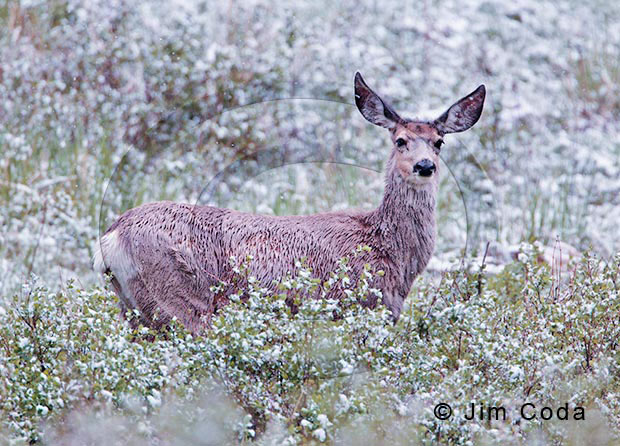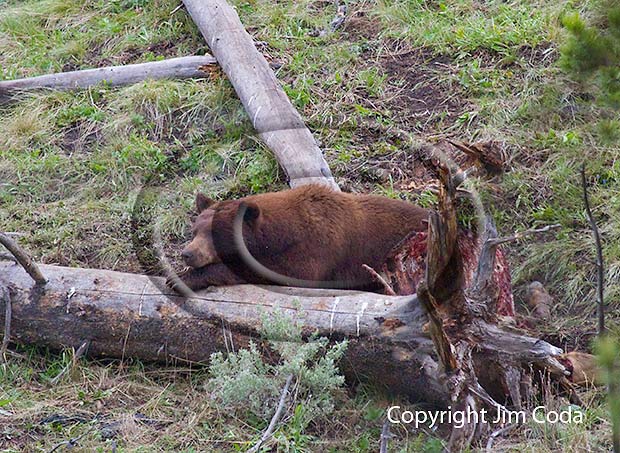Two Young Bulls Debate Who Has the Right of Way on Game Trail, Point Reyes National Seashore

Yesterday’s photo of the elk calf was taken an hour before sunset. The light was still pretty strong as you could see. This photo was taken at sunset and these young tule elk bulls are in the shade. Much nicer light and color in the shade, especially at sunset.
Each of these young bulls has five points per antler. Points are an indicator of age in elk. According to the Park Service, one-year old bulls have a single spike. Two-year olds usually have slender antlers with four to five points. Three year olds have thicker antlers with four to five points and four year old and older bulls usually have six points on each antler and they get thicker each year. Yellowstone Resources and Issues 2009 at p. 126. While the Park Service document was focusing on Rocky Mountain elk, I don’t believe there is any difference with regard to the antlers of these tule elk at Point Reyes National Seashore.
So, are these five-point elk two or three years old? I’m not sure, but I’m guessing they are three year olds. Their antlers aren’t that slender and I’ve seen bulls with skinny antlers and four or five points and they’re still hanging out with the cows and yearlings. These guys in the photo are hanging out with the big six (and seven) point bulls.










